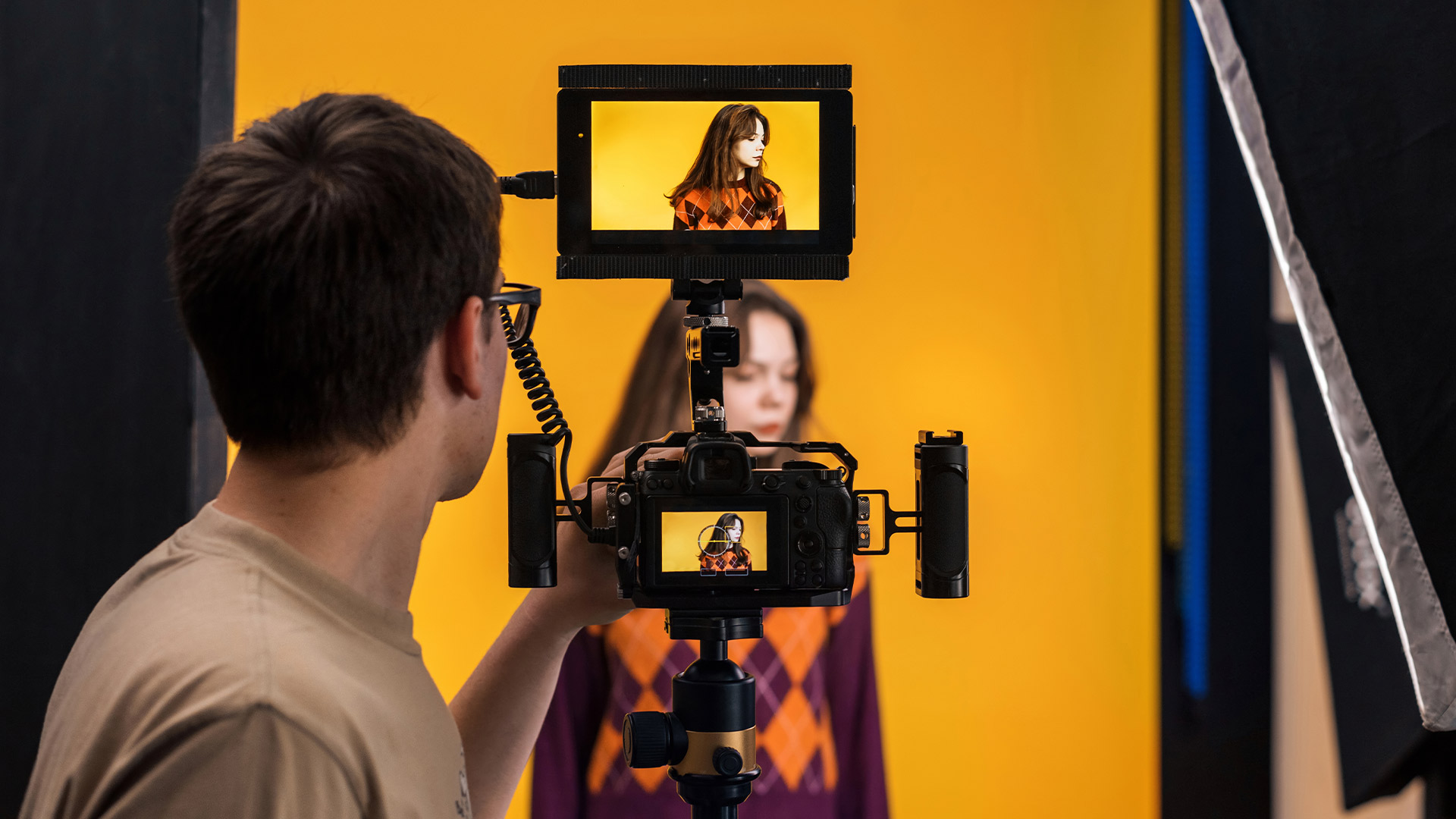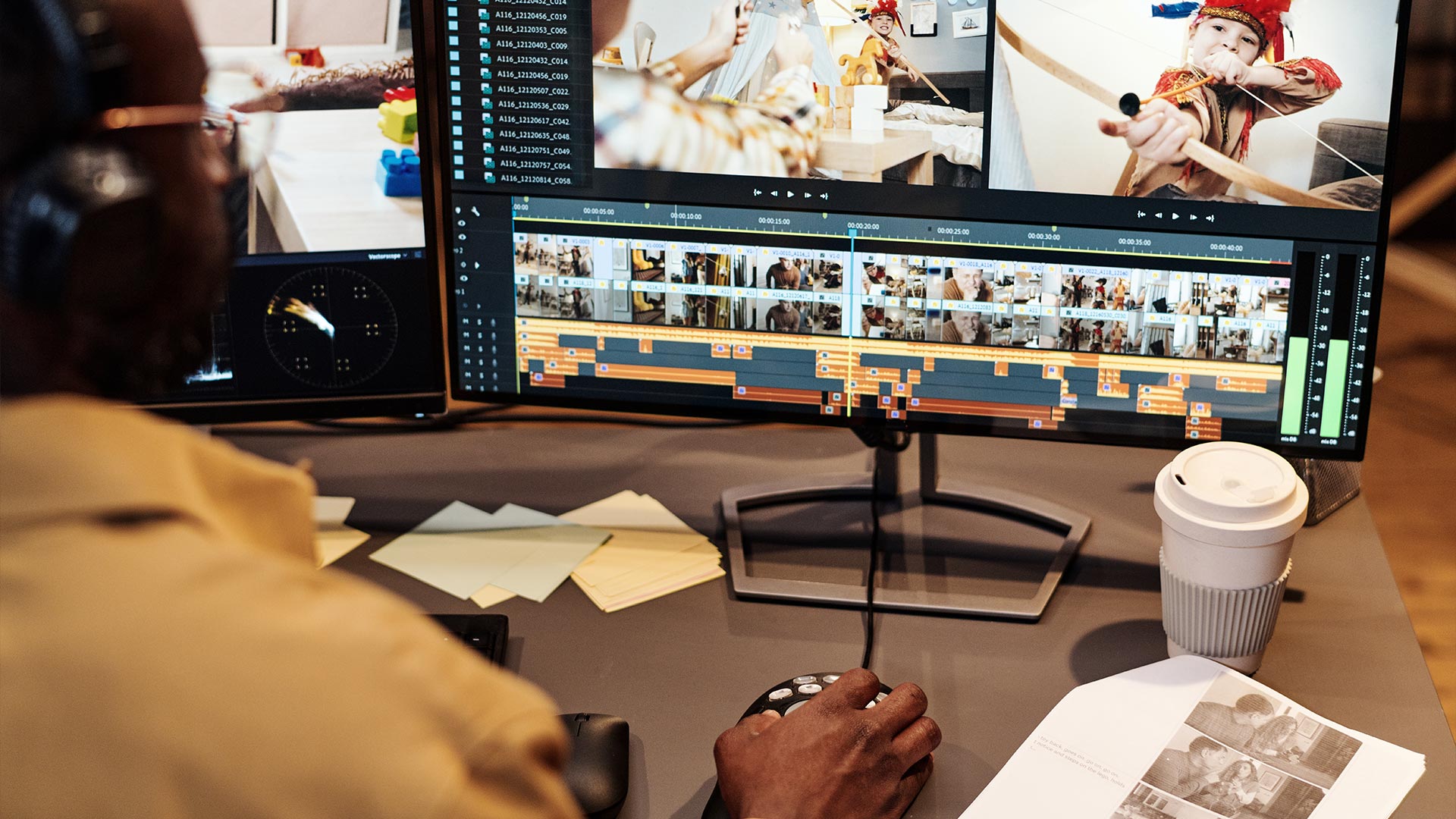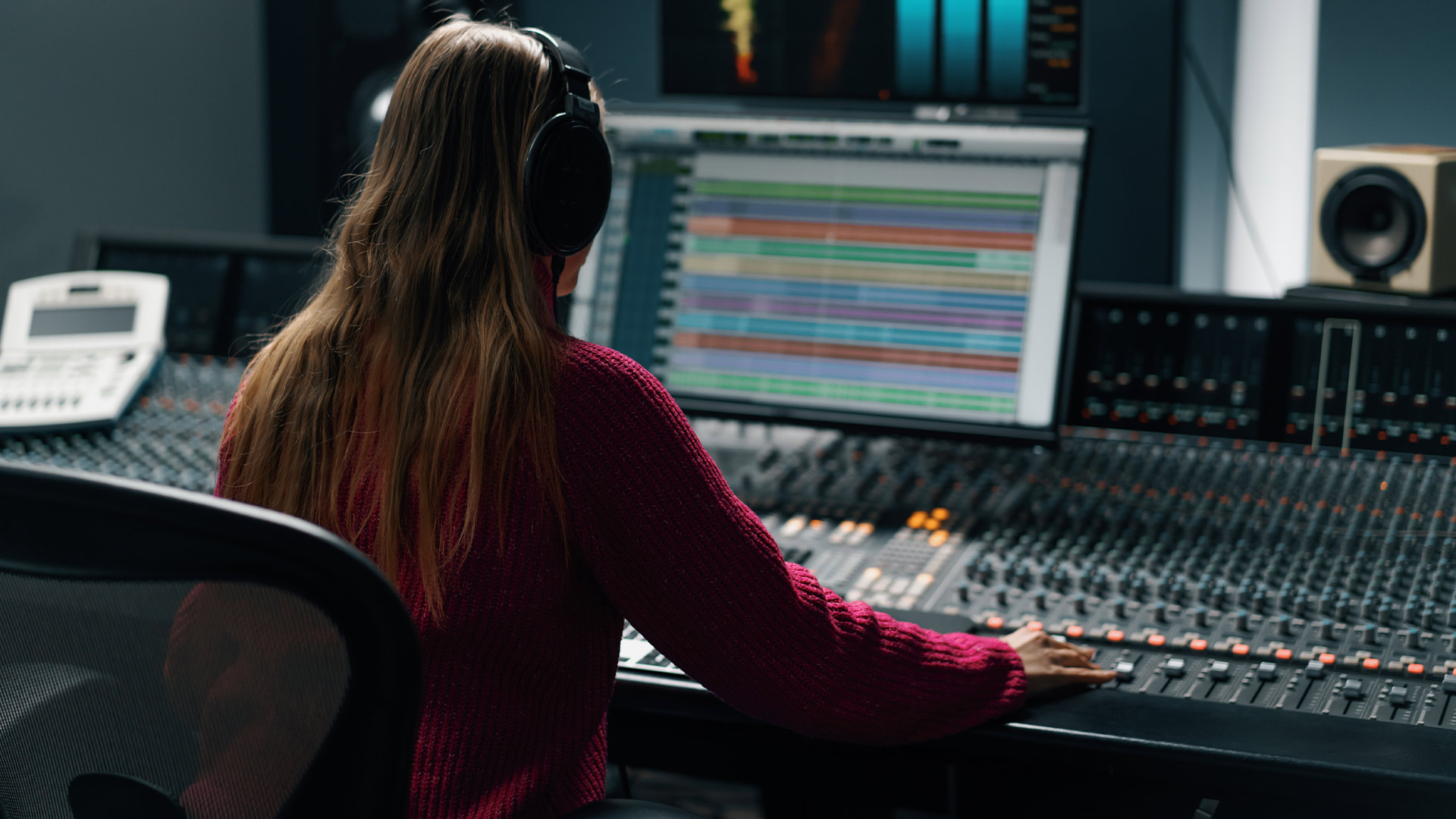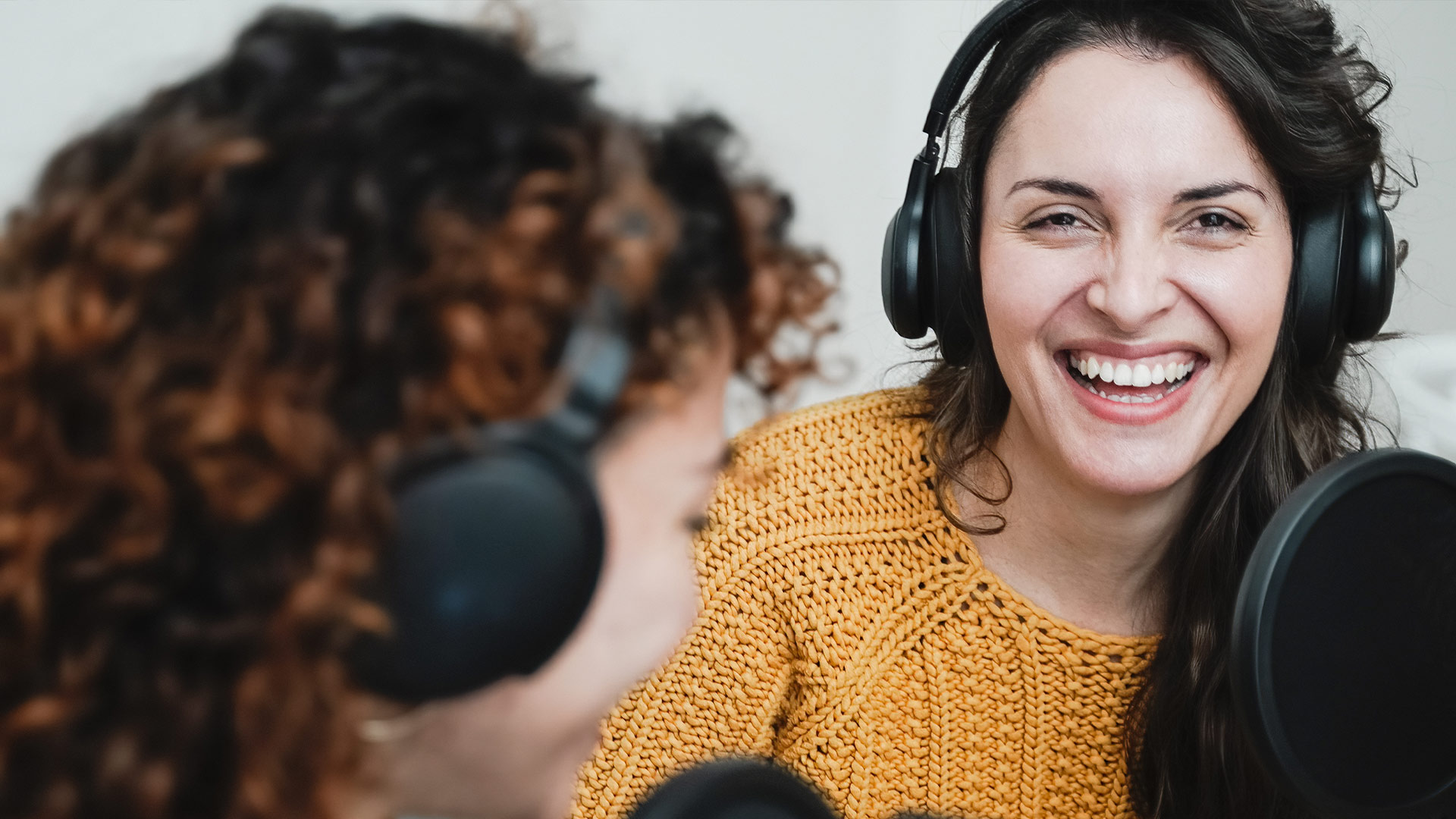Let’s get this out of the way: duets and reaction videos are not “over.” In fact, they’ve evolved—and they still work like a charm when done right.
Whether you’re reacting to a recipe fail, stitching a hot take, or giving live commentary on someone’s skincare routine, split-screen content remains one of the simplest and most effective ways to stay visible, stay relevant, and stay engaging.
Why? Because it feels real, fast, and familiar. And the barrier to entry? Pretty much zero.
Here’s why duets and reactions still crush it—and how to make sure yours don’t feel lazy or dated.
Reactions Tap Into Human Instinct
We’re wired to respond to emotion. When we see someone react—whether it’s a laugh, a cringe, or a shocked face—we feel that with them. That’s mirror neurons at work.
This is why reaction content works so well:
- Viewers get the original content and an emotional lens to view it through
- People feel like they’re watching with a friend
- It feels less staged and more spontaneous
In short: it makes the viewer feel something quickly, and that’s half the viral battle right there.
Split-Screen = Built-In Context
Not every short-form video gives enough context to be understood on its own. Duets and stitches solve that instantly. You’re giving your audience the original and your spin on it—side by side.
It’s especially powerful when:
- The original video is confusing, dramatic, or visually wild
- You’re offering clarification, commentary, or a twist
- You’re playing off the rhythm, silence, or pacing of the original
This format saves time and makes your point clearer without overexplaining.
You Don’t Need to Be Funny—You Just Need to React Honestly
You’re not required to have a punchline. In fact, some of the most viral reactions are just genuine.
Try these simple reactions:
- A slow head turn and raised eyebrow
- A sip of coffee while staring into the camera
- A stitched clip with just one deadpan sentence: “This is exactly why I stay home.”
People relate to real emotion. So don’t overthink your script. Think “authentic” over “scripted.”
Add Value Without Overcomplicating
Reactions are fun—but they can also be useful. If you’re in a niche like finance, beauty, education, or fitness, use the split-screen to explain, validate, or break down what’s happening.
Examples:
- A personal trainer reacts to viral “fat-burning hacks” and explains what’s legit
- A teacher responds to a clip of a kid using ChatGPT in class
- A chef duets someone cooking pasta in milk (and kindly begs them to stop)
You’re not just entertaining—you’re educating through the reaction. That builds trust and keeps people coming back.
Trends Get More Reach When You Join the Conversation
Duets and stitches are easy ways to hop on trends without copying the original. You’re still part of the moment, but from your unique point of view.
Some ways to do it:
- React to a trending sound with your niche twist
- Stitch a popular “opinion” video with your counterpoint
- Play the silent, deadpan friend while someone else melts down
The trick is: don’t just repeat—respond. That’s what makes it personal and algorithm-friendly.
The Simpler, the Better
You don’t need a studio or lighting rig. Some of the best reactions are filmed in one take, in bad lighting, wearing a hoodie.
Why? Because reactions feel better when they feel instant.
What matters more:
- Good framing (you and the original both visible)
- Clear audio
- Expressive face or body language
- Good pacing between clips (don’t leave awkward silences)
If it feels like something you filmed while watching on your couch… good. That’s the vibe.
Use Reactions to Kickstart Conversations
Want more comments? Reactions spark them naturally. You can use this format to ask for opinions, validate your viewers, or encourage them to share their version of the experience.
Try:
- “What would you do in this situation?”
- “I thought this only happened to me?”
- “This unlocked a core memory—anyone else?”
You’re not just reacting—you’re inviting your audience to join you in reacting. That kind of engagement builds community fast.
When NOT to Use Split-Screen Formats
Yes, duets and reactions work—but not for everything. Here’s when to skip it:
- If you’re not actually adding anything (don’t just sit there blank-faced for 15 seconds)
- If the original content is too long and drags your part down
- If your style doesn’t match the tone of the video (sarcasm on serious content can backfire)
Every reaction doesn’t have to be public. If you wouldn’t share it with a friend, don’t post it to your feed.
Remix the Format to Keep It Fresh
If you're tired of the standard side-by-side split screen, try remixing it:
- Do a voiceover reaction over the original clip
- Start your video with a teaser line, then stitch the original in
- Use green screen and pop yourself into the scene
- Do a reaction to your own old video (yes, it works)
The goal is to keep the format familiar but give it a little twist so it feels fresh.
Why Split-Screen Isn’t Dead—It’s Just Maturing
Duets and reactions aren’t trendy anymore—they’re part of the language of short video. They’ve gone from gimmick to genre.
And in a scroll-happy world where people want content that’s quick, emotional, and easy to connect with… this format checks all the boxes.
If you’re short on time, energy, or ideas—reactions can still deliver huge value with minimal effort. Just bring honesty, timing, and a little perspective. That’s more than enough.




